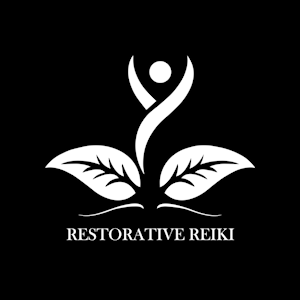
Reiki Practitioners
Reiki practitioners are individuals trained in the practice of Reiki, a form of energy healing. They believe in the ability to channel healing energy, often described as “universal life force energy,” through their hands to promote physical, emotional, and spiritual healing. Practitioners go through various levels of training and attunement, each deepening their understanding and ability to channel Reiki energy effectively.
Book a session now – feel the spiritual enlightenment.
Roles and Responsibilities of Reiki Practitioners:
Channeling Healing Energy: The primary role of a Reiki practitioner is to channel healing energy into a client by placing their hands lightly on or just above the client’s body. The energy is believed to flow through the practitioner’s hands and into the client’s body, promoting balance and healing.
 Creating a Relaxing Environment: Practitioners create a peaceful, safe, and relaxing environment for clients. This often involves calming music, low lighting, and a comfortable setting to help clients relax and be more receptive to the healing energy.
Creating a Relaxing Environment: Practitioners create a peaceful, safe, and relaxing environment for clients. This often involves calming music, low lighting, and a comfortable setting to help clients relax and be more receptive to the healing energy.
Conducting Reiki Sessions: A typical Reiki session lasts between 30 to 90 minutes, during which the practitioner moves their hands through a series of positions on or above the body, allowing energy to flow to the areas most in need.
Respecting Client Comfort and Boundaries: Reiki is a non-invasive therapy, and practitioners ensure that the client’s comfort and personal boundaries are respected at all times. They may ask for feedback during the session to adjust their approach as needed.
Practicing Self-Care: Reiki practitioners often practice self-care, including self-Reiki, meditation, and grounding exercises, to maintain their own energetic balance and to be effective in their practice.
Ethics and Confidentiality: Like other holistic health practitioners, Reiki practitioners adhere to ethical guidelines that include maintaining client confidentiality, obtaining informed consent, and being honest about what Reiki can and cannot do.
Training and Levels of Reiki Practitioners:
Reiki practitioners typically go through several levels of training:
First Degree (Shoden): Focuses on self-healing and healing others at a basic level. Practitioners learn hand positions and the basics of channeling energy.
Second Degree (Okuden): Introduces symbols and techniques for emotional and mental healing and distance healing, allowing practitioners to send Reiki energy across distances.
Third Degree (Shinpiden) or Reiki Master: Involves advanced techniques and a deeper understanding of Reiki energy. Practitioners at this level can also attune others to Reiki and teach Reiki classes.
Benefits of Visiting a Reiki Practitioner:
People seek Reiki practitioners for various reasons, including:
Stress Reduction: Reiki can promote deep relaxation and help alleviate stress.
Pain Management: Some individuals use Reiki to help manage pain from chronic conditions.
Emotional Healing: Reiki is believed to help release emotional blockages and promote emotional well-being.
Spiritual Growth: Many people find that Reiki helps them connect with their spiritual side and enhances personal growth.
Complementary Therapy: Reiki is often used alongside conventional medical treatments to support overall healing and wellness.

